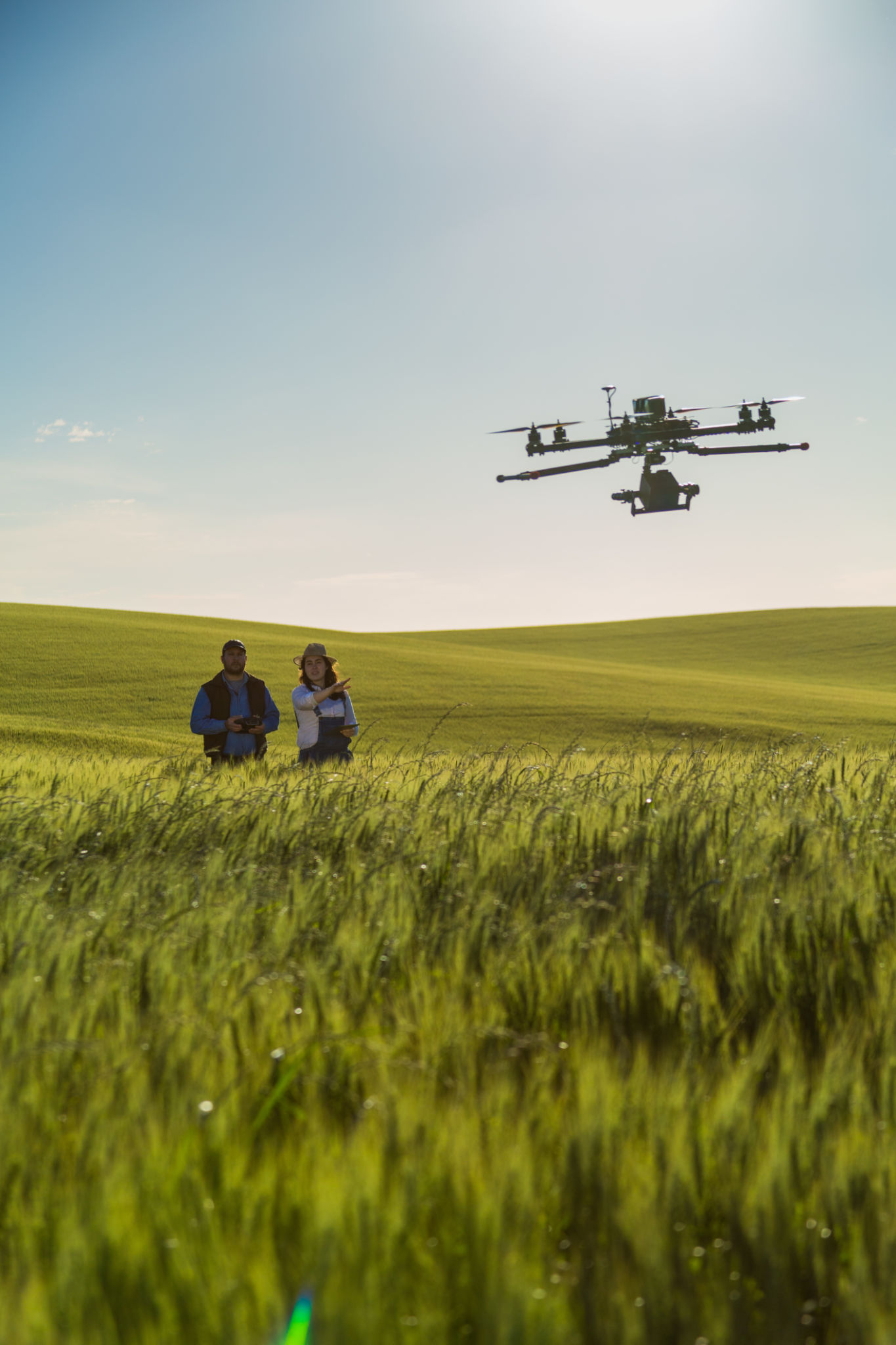How Drones Are Revolutionizing Biosecurity Management in Australia
The Rise of Drones in Biosecurity
In recent years, drones have emerged as a powerful tool in various industries, but their impact on biosecurity management, particularly in Australia, is truly transformative. These unmanned aerial vehicles (UAVs) are being utilized to monitor and manage environmental and agricultural landscapes, ensuring that invasive species and diseases are kept at bay. This innovative approach is vital for protecting Australia's unique biodiversity and agricultural economy.
Traditional methods of biosecurity management often involved time-consuming and labor-intensive processes. However, drones offer a more efficient and effective solution. By providing an aerial perspective, drones can cover large areas quickly and gather data in real-time, allowing for faster decision-making and response times.

Enhancing Monitoring Capabilities
One of the most significant advantages of using drones in biosecurity is their ability to enhance monitoring capabilities. Drones equipped with high-resolution cameras and sensors can capture detailed images and data of landscapes, which can be analyzed to detect changes in vegetation, the spread of pests, or the presence of invasive species.
This capability is particularly beneficial in remote or difficult-to-access areas where traditional monitoring methods might be impractical. With drones, biosecurity officials can conduct regular surveillance without the need for on-ground teams, significantly reducing costs and human resource requirements.

Precision Agriculture and Pest Control
Drones are also revolutionizing precision agriculture by enabling targeted pest control measures. With the ability to identify specific areas affected by pests or diseases, drones can guide the application of pesticides or other treatments with pinpoint accuracy. This not only ensures effective pest management but also minimizes the use of chemicals, promoting more sustainable farming practices.
Moreover, drones equipped with thermal imaging can detect pest infestations or disease outbreaks early, giving farmers and biosecurity teams the chance to intervene before these threats cause significant damage.
Data Collection and Analysis
Data collected by drones is invaluable for biosecurity management. Advanced analytics and machine learning algorithms can process this data to predict trends, model potential outbreaks, and improve overall biosecurity strategies. This technology-driven approach allows for more proactive measures rather than reactive responses to biosecurity threats.
In addition to providing real-time insights, drones can store historical data which can be used for longitudinal studies on how ecosystems change over time or how effective various biosecurity measures have been.

Challenges and Considerations
Despite their numerous advantages, the integration of drones into biosecurity management does come with challenges. Regulatory considerations, such as airspace restrictions and privacy concerns, need careful navigation. Additionally, the cost of drone technology and the need for skilled operators can be barriers for widespread adoption.
However, with ongoing advancements in technology and increased awareness of biosecurity's importance, these challenges are gradually being addressed. The potential benefits far outweigh the hurdles, making drone technology a critical asset in Australia's biosecurity arsenal.
The Future of Drones in Biosecurity
Looking forward, the role of drones in biosecurity management is set to expand even further. As drone technology continues to evolve, we can expect even more sophisticated sensors and AI-driven analytics that will enhance their effectiveness. Collaboration between government agencies, agricultural sectors, and tech companies will be crucial in harnessing the full potential of drones.
Ultimately, drones are not just a tool but a catalyst for change in how we approach and manage biosecurity. By leveraging their capabilities, Australia can better protect its valuable ecosystems and agricultural resources from emerging threats.
